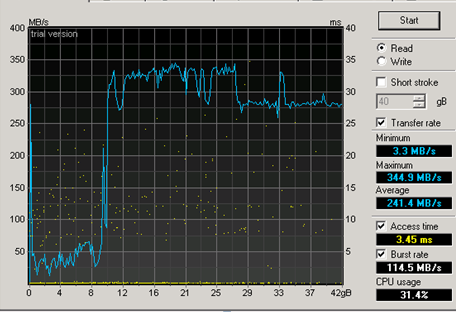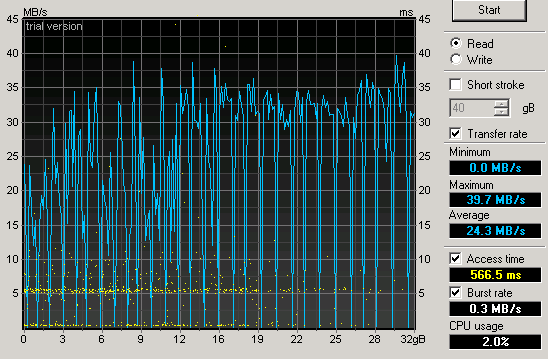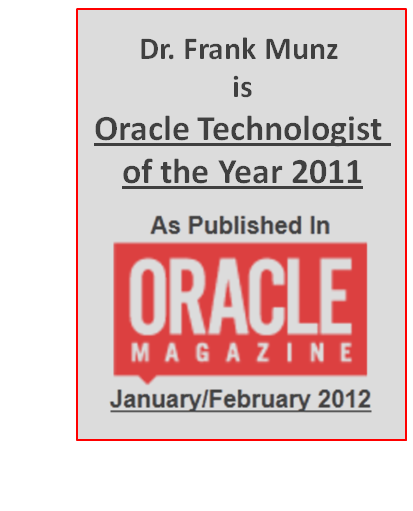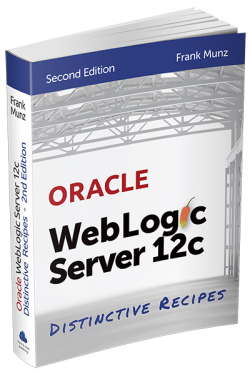I did a basic test trying to measure the un-tuned out-of-the-box I/O performance of Rackspace Cloud instance with the HDTune utility on a Windows Server 2008 instance. According the the RS documentation their disks are local RAID10. Then I run the same utility on 8 core extra large EBS backed EC2 instance provided by Amazon (wanted to make sure it is not an issue due to a small EC2 instance size). According to the docs EBS should provide consistent performance of a SAN regardless of the instance type.
Here are the somehow surprising results. I was expecting, that they perform somehow equal but RS is in the range of 300 MB/s whereas the EC2 instance is below 40 MB/s.
Rackspace Cloud with Windows 2008:
AWS with Windows 2008:
Interesting enough also the CPU usage is quite different: 2% only for AWS and 31% for RS.
I welcome any comments and I am aware that the tool is meant to measure disks and not RAID or SAN volumes. Still I am surprised by the huge difference. I wonder if the difference is only due to the difference of local RAID vs. SAN. Also I wonder how is the SAN attached then, since the SAN performance is still worse than my laptop disk.



 Oracle WebLogic Server 12c Book
Oracle WebLogic Server 12c Book Oracle Middleware and Cloud Computing Book
Oracle Middleware and Cloud Computing Book